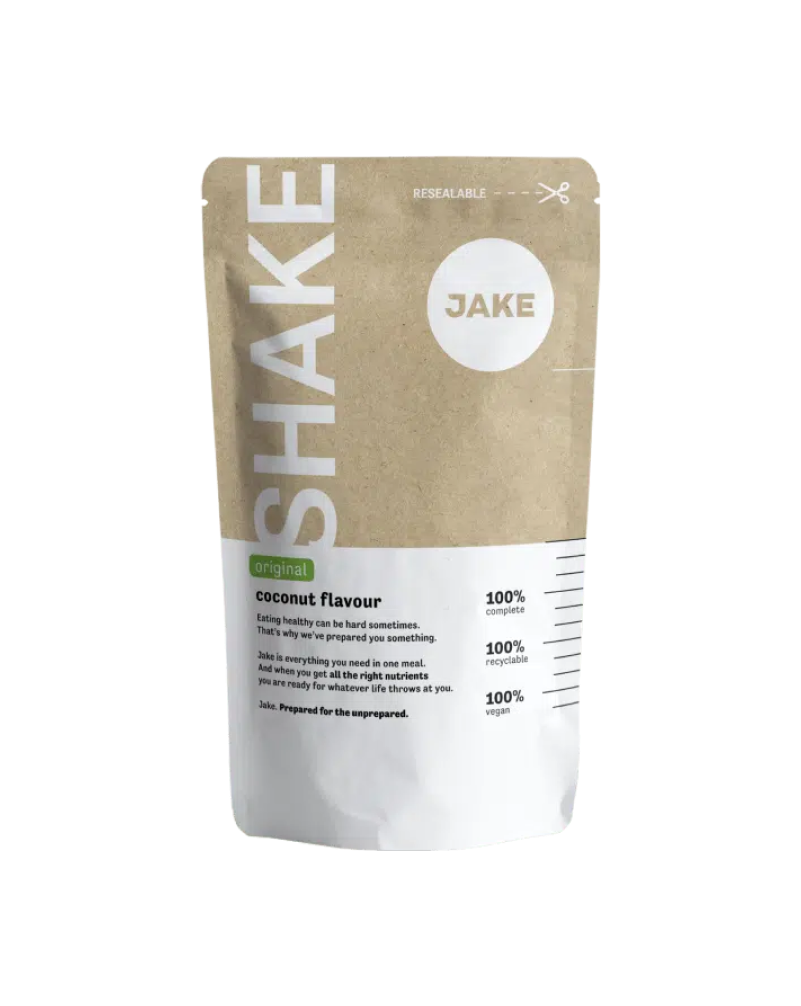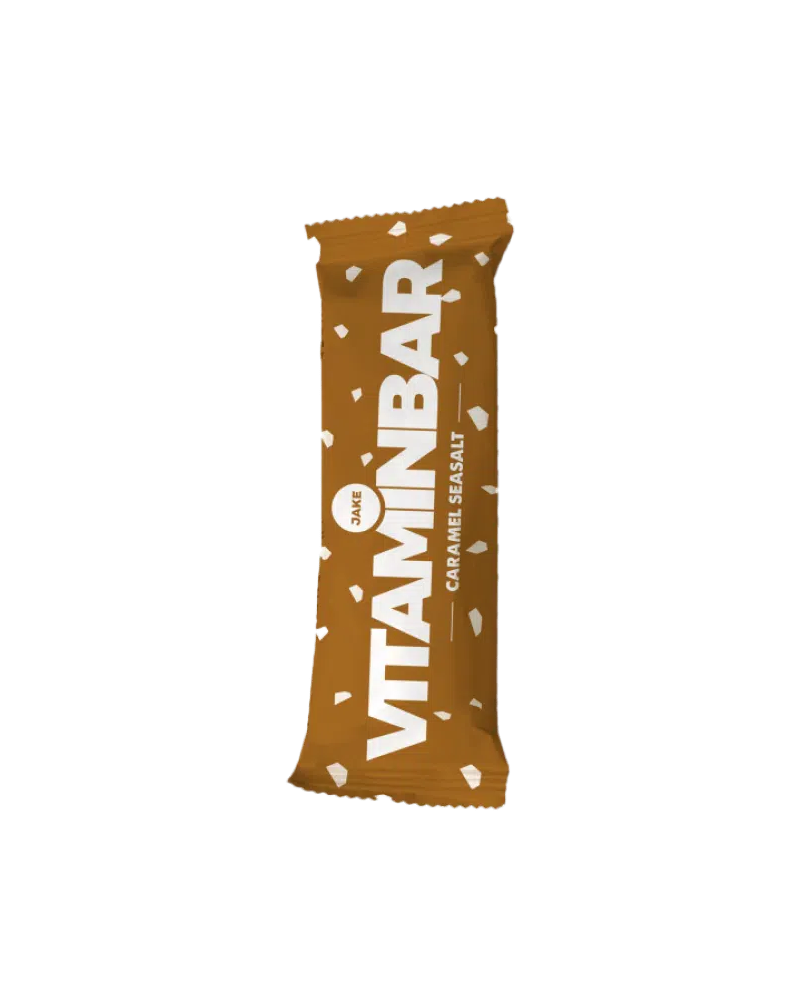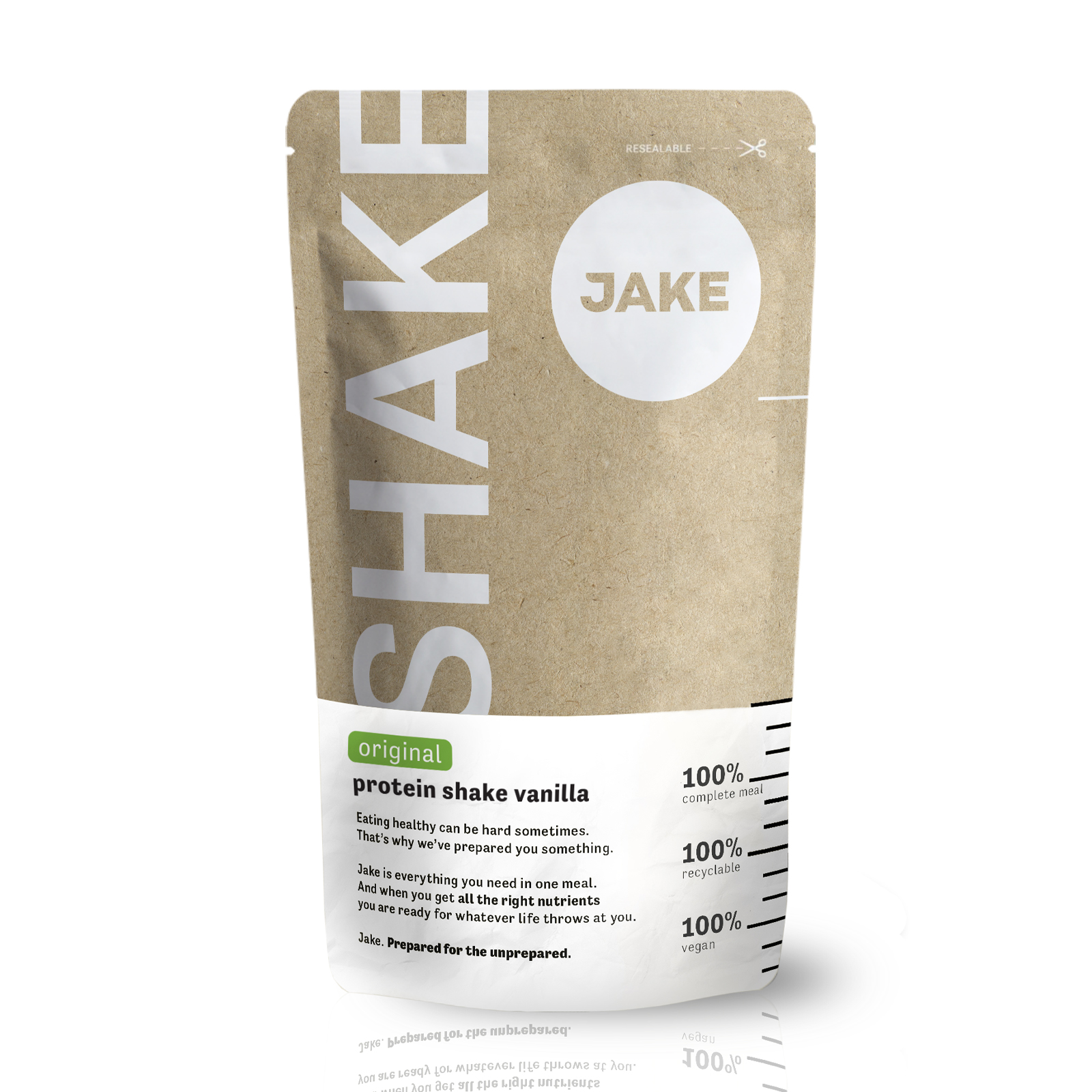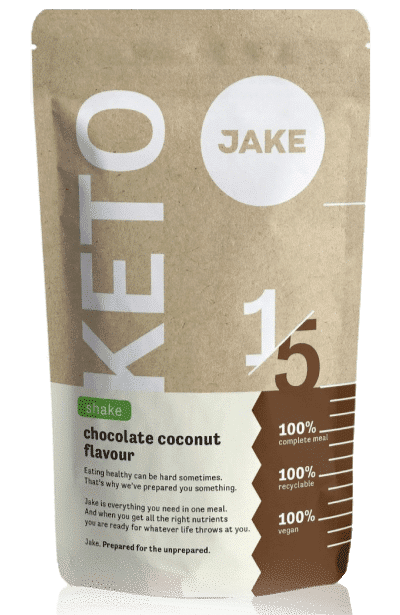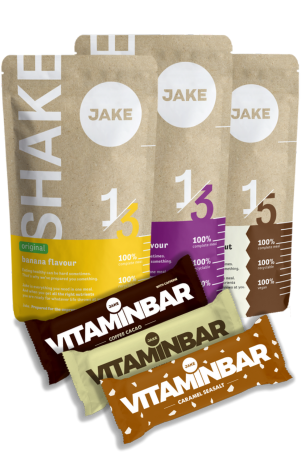In your gut live trillions of bacteria. Together, they weigh as much as 1.5 kilograms! This is also called the gut microbiome or gut flora. The gut microbiome consists of 400-500 different types of microorganisms (bacteria, fungi, viruses and yeasts) whose composition is as unique as a fingerprint. The composition is partly in your control, especially through what you eat and have a big impact on how you feel. They also keep your intestinal wall healthy and have a great influence on your immune system. How you can have a positive influence on this will be further explained in this blog.
Research
A tremendous amount of research is currently being done on the gut flora and how it affects the rest of the body. This involves answering questions such as: How do certain strains of bacteria affect health? How does the intestinal flora change throughout life? Are there certain strains of bacteria that increase the risk of certain diseases?
Microbiome and the immune system
Fortunately, there is now a lot of clarity about the microbiome and its functions. Your microbiome and immune system go hand in hand, and that’s a good thing. About 70% of your immune system is located in your colon (Stomach Liver Intestinal Foundation, 2023. The bacteria are in constant communication with the immune system and together they react to invading viruses and other pathogens. In this way, the microbiome regulates the immune system. Thus, when the microbiome is balanced, it can provide an overall strengthening of the body’s health. In addition, a balanced microbiome can help prevent allergies and autoimmune diseases. So it is incredibly important to take good care of the microbiome to prevent disease. However, you cannot suddenly boost your immune system, but must build it up slowly by eating healthy, high-fiber foods, getting enough sleep, exercising and experiencing little stress (Maag Lever Darm Stichting, 2023).
Dietary fiber
In addition, the microbiome helps digest fiber through fermentation. Dietary fiber falls under the carbohydrates and cannot be digested by our body. The microorganisms in our intestines help us do this and release the energy and active substances from them. Fiber is found in vegetables, fruits, legumes and whole grain products. By eating plenty of these, you help the good bacteria do their job. In contrast, eating a lot of highly processed products creates a much less diverse microbiome and thus you feed the “bad” bacteria. Dietary fiber falls under prebiotics. These are substances that allow certain good strains of bacteria to grow or release certain substances that can have a positive effect on health. Beta-glucans are insoluble fibers that also fall under the category of prebiotics and are found particularly in grain products such as oats and wheat. These beta-glucans have cholesterol-lowering properties, help reduce inflammation in the body and can help keep blood sugar levels stable (Ho et al., 2016).
Jake shakes and prebiotics
Adding prebiotic foods to our diet can be a valuable step toward maintaining balanced gut health and promoting our overall health. By feeding and supporting beneficial gut bacteria, prebiotics contribute to improved digestion and a stronger immune system, among other things. Oatmeal has been added to our Jake Shakes, making them contain beta-glucans, among other ingredients. In addition, each shake contains 33% of all recommended daily amounts in terms of vitamins and minerals. If you want to do your gut a favor, spend little time preparing your meal, where it also tastes great, choose Jake!
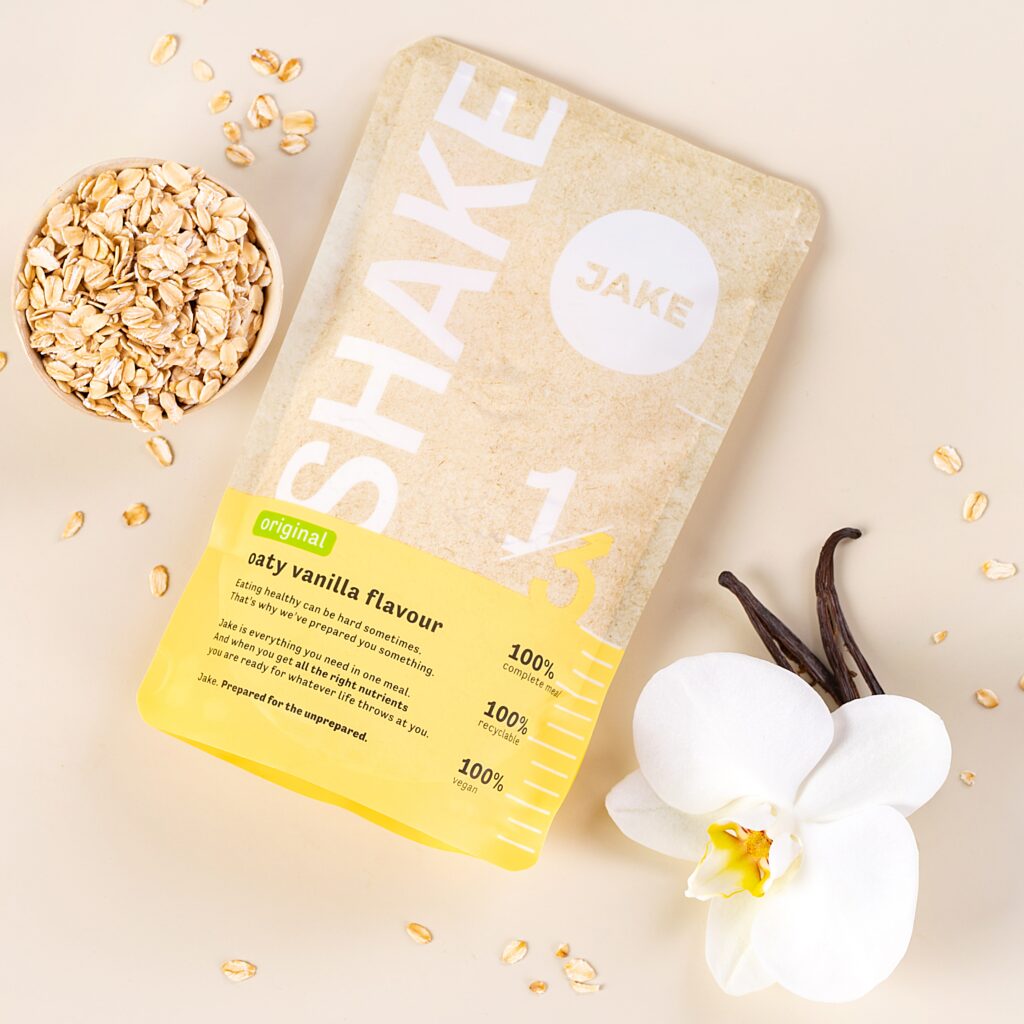
Resource list:
Maag Lever Darm Stichting. (2023, 11 juli). Alles over je microbioom – maag lever darm Stichting. https://www.mlds.nl/spijsvertering/microbioom/?gclid=CjwKCAjw38SoBhB6EiwA8EQVLiw-LAohQpN-rgis336WPXsVQjhlo2dAtNsVZDqyvQ-7RifDi-3iBhoCOwYQAvD_BwE
Ho, H. V. T., Sievenpiper, J. L., Zurbau, A., Mejia, S. B., Jovanovski, E., Au-Yeung, F., Jenkins, A. L., & Vuksan, V. (2016). The effect of OATΒ-glucan on LDL-cholesterol, non-HDL-cholesterol and APOB for CVD risk reduction: A Systematic review and meta-analysis of randomised-controlled trials. British Journal of Nutrition, 116(8), 1369–1382. https://doi.org/10.1017/s000711451600341x

